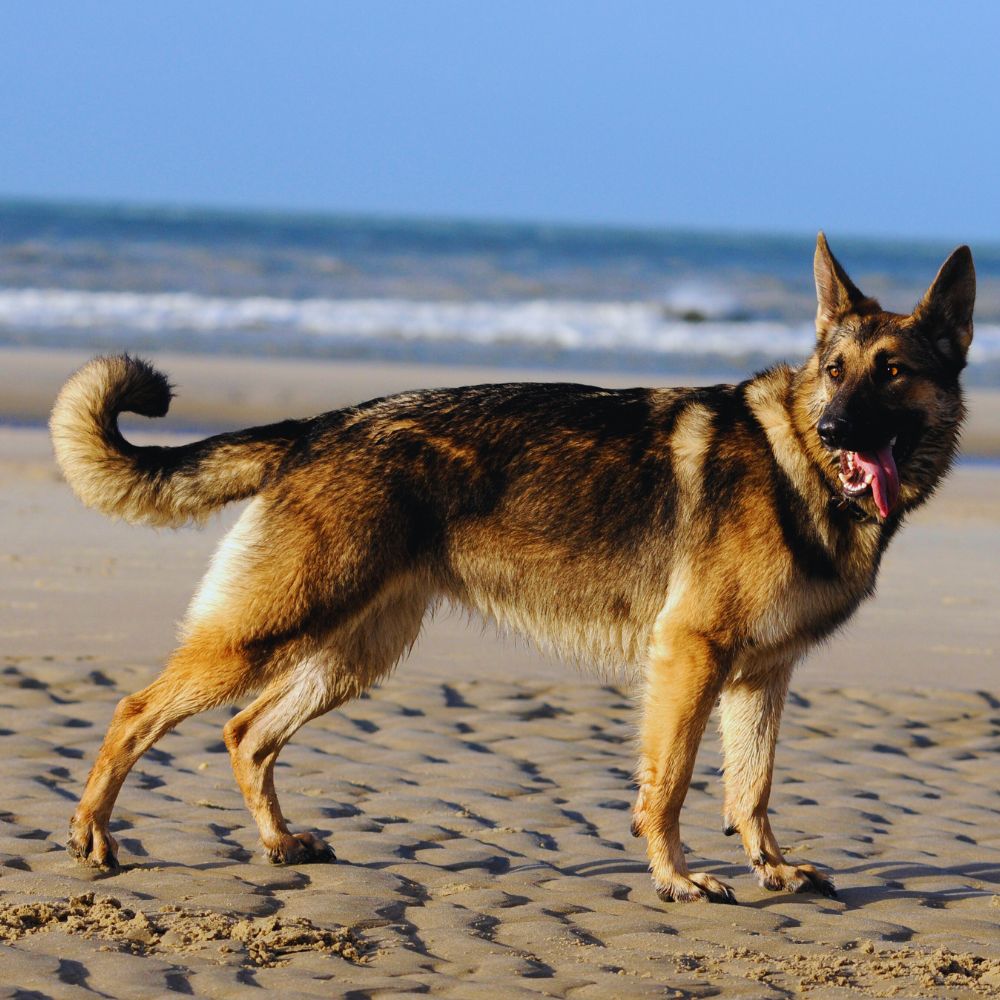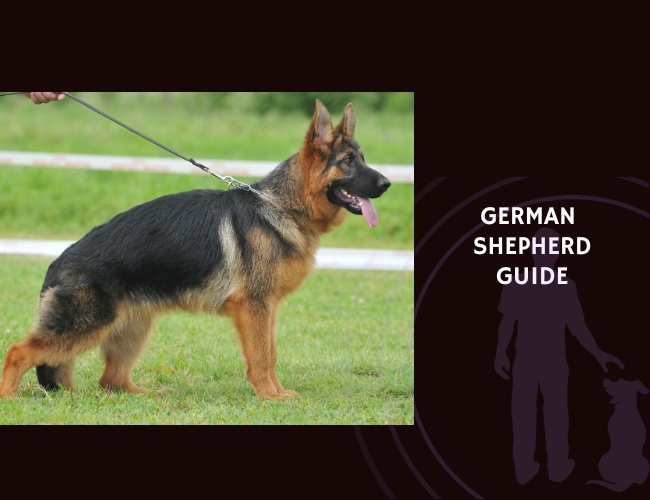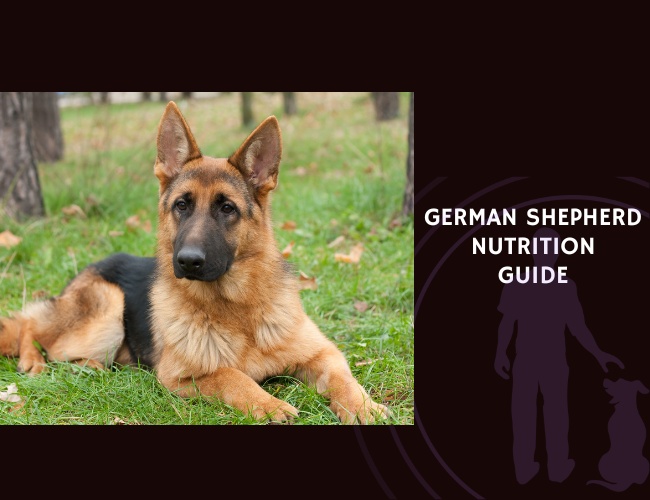Quick Facts about the German Shepherd
- Origin: Germany
- Weight: 30–40 kg (male), 22–32 kg (female)
- Life expectancy: 9–13 years
- Coat Colour: Black and tan, sable, solid black, bi-colour, and more
- Breed Group: Herding
The German Shepherd is one of the most respected dog breeds in the world—versatile, intelligent, and deeply loyal. Whether working in service roles or living as a devoted family companion, this breed combines power, focus, and a remarkable bond with its people.
German Shepherd History
The German Shepherd was developed in the late 1800s by Captain Max von Stephanitz, who aimed to create the ideal working dog. He selectively bred herding dogs from various German regions, prioritising structure, drive, and trainability. The result was a dog capable of both hard labour and intelligent problem-solving.
While originally used for herding sheep, German Shepherds quickly rose to prominence in police and military work. Their sharp instincts, loyalty, and physical capabilities made them invaluable during both World Wars and established them as one of the most recognised breeds worldwide.

German Shepherd Temperament
German Shepherds are alert, confident, and deeply bonded to their handlers. They have a strong desire to work and need clear guidance to feel secure in their environment. Their protective instincts are natural but manageable with early exposure and structure.
They do best when mentally challenged and included in daily activities. Without engagement, they may become anxious, reactive, or overly territorial.
Note: This breed thrives in environments where leadership is calm, consistent, and fair—ideal for experienced owners who understand the balance between control and trust.
Health and wellness
German Shepherds require regular physical activity and mental enrichment to maintain balance. They excel in obedience, agility, scent work, and protective tasks. Their double coat sheds year-round and needs weekly brushing.
They are prone to several hereditary conditions, particularly affecting the joints and spine. Early veterinary screening and maintaining a healthy weight can help reduce the impact of these conditions.
Significant problems:
Hip and elbow dysplasia
Degenerative myelopathy
Exocrine pancreatic insufficiency (EPI)
Gastric dilatation-volvulus (bloat)
Chronic skin allergies and infections
Life expectancy: 9–13 years

The Complete Guide to German Shepherd

The Complete Guide to German Shepherd Nutrition
🔍 Looking to go deeper into dog training?
Use these categories to explore targeted guides and articles on canine behavior, nutrition, obedience, entertainment, and more.









